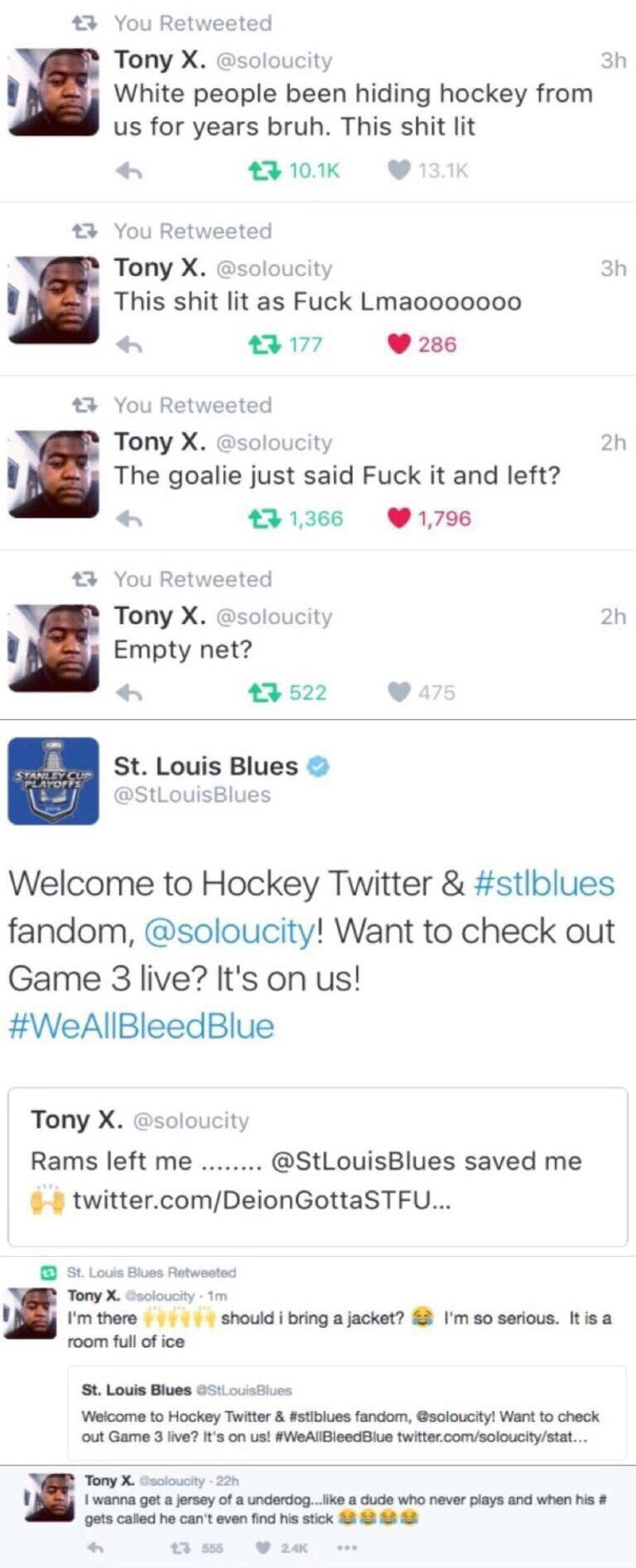There was another editorial about how the arts should be funded that is getting a lot of notice this week. You may recall I had posted about Isaac Butler’s editorial in the NY Times a couple weeks ago calling for greater public funding of the arts. This week novelist, playwright and screenwriter Monica Byrne advocated for a bottom up funding model in the Washington Post.
She notes that the artists often get short shrift when it comes to attention and funding. When organizations get funded, it is often administrators and buildings which benefit before the artists do. She doesn’t specifically call for increased federal funding. Given that the culture wars of the 80s basically ended NEA funding of individual artists, that is probably a non-starter. Instead, she is advocating for the creation of works to be driven by artists who decide where to site their performances rather than the venue deciding what they want to do and then contracting artists.
For theater, as we know it, to have any future at all, a new economic model must take its place, founded on a simple principle: fund artists directly. Then let the artists produce their own work, rent their own venues and pay their own collaborators.
[…]
It’s true that scaling down would mean prioritizing certain kinds of theater over others. But this is the case in every era: Some aesthetics thrive while others die out. Instead of a world in which you pay astronomical prices to see another tired revival from the mezzanine, imagine there are a dozen theater cells in your area, performing new work in backyards and parks and city squares and empty storefronts. Art that is fresh, fluid, immediate, accessible and affordable — to make and to see — all because we collectively decided to fund the artists directly.
Is there any place for existing nonprofit theaters in this model? Sure. Reshape them into direct granting agencies and public resources somewhat like libraries, offering artists and companies production slots on a lottery basis…It would also mean that existing artistic directors understand that, not only are they not the ordained curators of culture, they are only useful to the art form insofar they serve artists — the creators of the form.
Anyone have any thoughts on this? The idea of turning theaters into public resources like libraries is interesting on paper. If non-profits were in a place to provide advice and support about audience cultivation and marketing practices attuned to the local conditions, that could be a valuable resource. Though my concern would be that we might end up having the same conversations we currently are about funders having priorities that are out of synch with the changing needs of the operating environment. It may not start out that way, but I could see things creeping toward “arts need to be run like a business” as staff turned over, etc.




Thanks for what you are doing to bring cultural change to the arts. It is so important to represent everyone.…